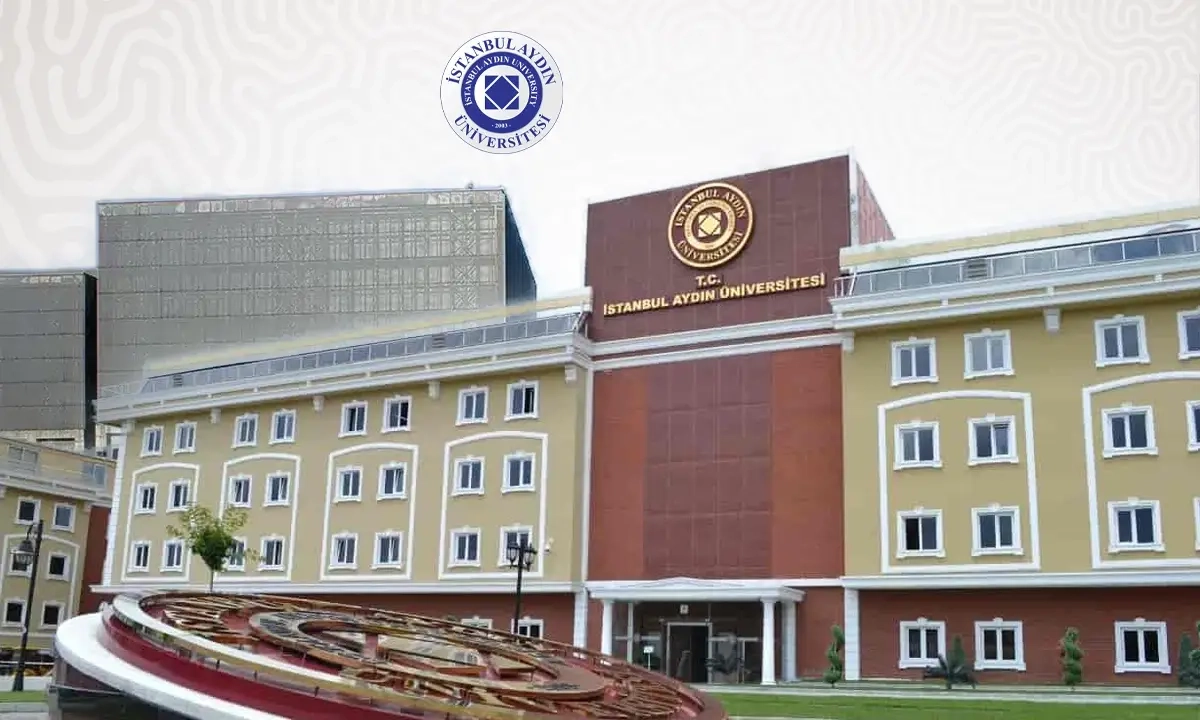School: Fine Arts
This specialty provides a comprehensive understanding of the principles and practices of managing artistic organizations, focusing on the intersection of creativity, business, and cultural impact. Students will explore key fields such as arts management, curatorial practices, marketing, and fundraising. The program emphasizes leadership, strategic planning, and innovation to prepare students for careers in museums, galleries, cultural institutions, and creative industries.
Learning Objectives:
- Understand the fundamentals of art management and its role in the cultural sector.
- Develop skills in managing artistic organizations, exhibitions, and cultural projects.
- Learn techniques of fundraising, budgeting, and financial sustainability.
- Explore curatorial practices and exhibition design.
- Understand marketing strategies and audience engagement for artistic institutions.
- Analyze challenges and opportunities in the global art market.
- Develop leadership and communication skills to manage a team effectively.
Main Outline:
- Introduction to Art Management - Overview of the art world, its history, and the role of art managers.
- Arts Management and Leadership - Principles of managing artistic organizations, including governance and strategic planning. - Effective leadership and decision-making techniques.
- Curatorial Practices and Exhibition Design - Basics of exhibition organization, including concept development and installation. - Techniques for engaging audiences through innovative displays.
- Marketing and Audience Development - Principles of branding, digital marketing, and social media for artistic institutions. - Techniques for expanding and diversifying audiences.
- Fundraising and Financial Management - Strategies for grant writing, sponsorship, and donor relations. - Techniques for budgeting and ensuring financial sustainability.
- Art Law and Ethics - Overview of intellectual property, contracts, and ethical considerations in the art world. - Techniques for handling legal challenges in art management.
- Cultural Policy and Advocacy - Study of cultural policies on local, national, and international levels. - Techniques for advocating for the arts and securing funding.
- Art Market and Gallery Management - Understanding the dynamics of the art market, including sales and acquisitions. - Techniques for managing commercial galleries and art exhibitions.
- Emerging Trends in Art Management - Explore digital transformation, virtual exhibitions, and global collaboration. - Techniques for adapting to emerging trends and technologies.
- Graduation Project - Practical project to design and manage an art exhibition or cultural initiative. - Techniques for presenting a successful art program or event.
Assessment Methods:
- Case studies and presentations on art management challenges.
- Written assignments on exhibition management, marketing, and fundraising practices.
- Group projects and exhibition planning simulations.
- Participation in internships or fieldwork with artistic organizations.
Recommended Textbooks:
- "The Art of Arts Management" by Ellen Rosewall.
- "Curating Now: Imaginative Practice/Public Responsibility" by Paula Marincola.
- "Fundraising for Arts and Cultural Organizations" by Joseph R. Mixer.
- "The Art Museum as an Economic Engine" by Stephen E. Weil.
Prerequisites:
No prior experience required, but a passion for arts and culture is advised. Suitable for students in arts, humanities, business, and related fields.
Duration of the Specialty:
Typically 3 to 4 years, including internships, fieldwork, and graduation projects.
Certification:
Graduates may receive a degree in art management or a related field, depending on the program and institution.
Target Audience:
Aspiring art managers, museum curators, and professionals seeking leadership and innovation in the art and culture sector. This specialty equips students with the business acumen, creative thinking, and leadership skills necessary to manage and enhance artistic organizations, ensuring their sustainability and impact in a rapidly evolving global landscape.



